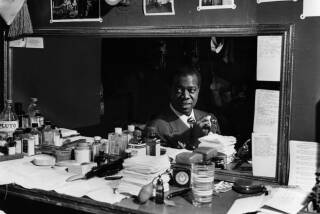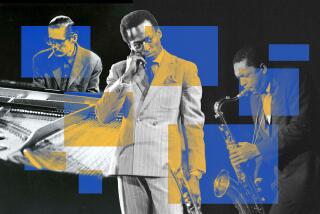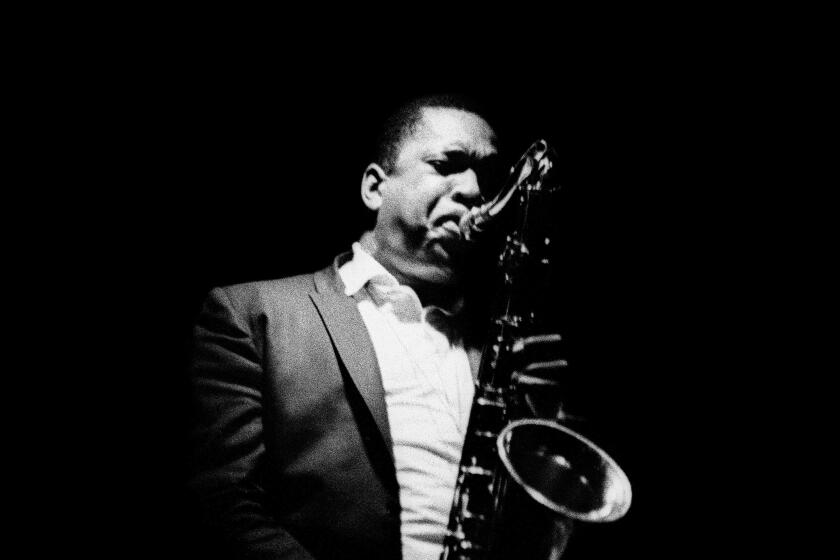A tribute displays Davis’ greatness, inimitability
- Share via
The music of Miles Davis continues to have a vibrant life of its own, nearly 15 years after his death in September 1991. His 1959 album, “Kind of Blue,” has been released in almost every imaginable format, and is generally acknowledged to be the bestselling jazz recording of all time. And each year sees the issuance of Davis classics in various collections, as well as the arrival of previously unavailable live performances.
If all that weren’t enough to satisfy the appetite for Davis sounds, Jazz at Lincoln Center has been sponsoring the tour “The Music of Miles Davis.” The six-piece ensemble, led by Davis-influenced trumpeter Eddie Henderson, features 77-year-old drummer Jimmy Cobb, the last surviving member of the “Kind of Blue” sessions. On Saturday night at Founders Hall in the Orange County Performing Arts Center, the group’s performance illustrated both the pluses and the minuses of celebrating the Davis legacy in living color.
One can hardly question the repertoire, which included selections from the 1950s to the ‘60s: the perky “So What,” such standards as “On Green Dolphin Street” and “Old Folks,” and Wayne Shorter’s atmospheric “Footprints.” Though one might have argued for the inclusion of other, equally appealing Davis items, the fact is that with so much from which to choose, the program is bound to omit favorite numbers.
Indeed, this is a band with the potential to render the music in appropriate fashion. Henderson’s trumpet and flugelhorn solos aimed to embrace the fine points of the Davis style. Tenor saxophonist Wayne Escoffery blended lyricism with edgy, Coltranesque stretch-the-envelope multiphonics and fast-note flurries. And alto saxophonist Steve Wilson recalled the buoyant bop lines (as well as the sharp pitch) of Jackie McLean. With Cobb providing his familiar, bebop-driven rhythms, enhanced by the strong bass work of Ed Howard and the spirited piano accompaniment of Dave Kikoski, the music was propelled by a brisk sense of classic swing.
So why was it that, given the positives, the music had such a pedestrian quality? In part because many of the numerous long solos stretched well beyond the point of inventive productivity. In addition, neither the playing nor the musical interaction revealed the communicative sense of passion and intensity so present in the Davis lexicon. The program would have been far more appealing if less space had been allocated to the repetitive soloing, and far more to a broader selection of Davis’ always engaging music.
More to Read
The biggest entertainment stories
Get our big stories about Hollywood, film, television, music, arts, culture and more right in your inbox as soon as they publish.
You may occasionally receive promotional content from the Los Angeles Times.










